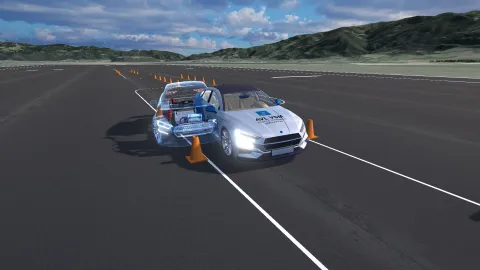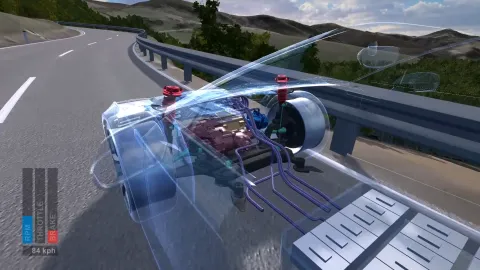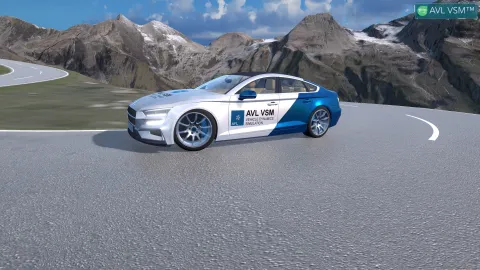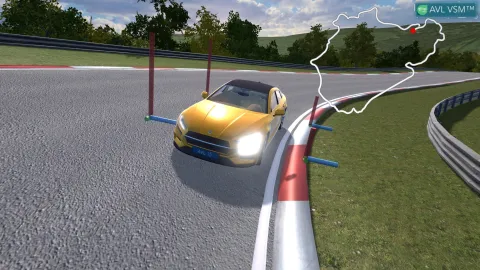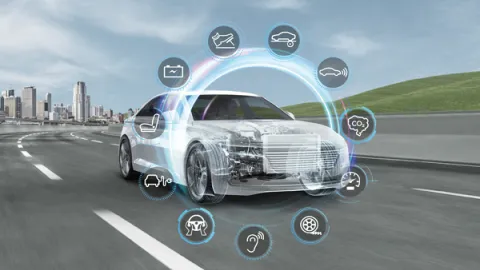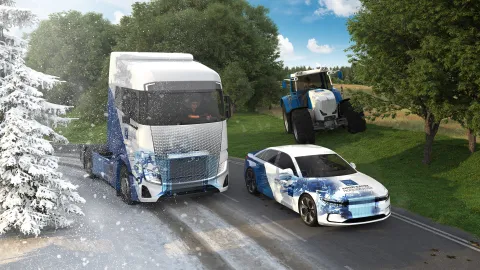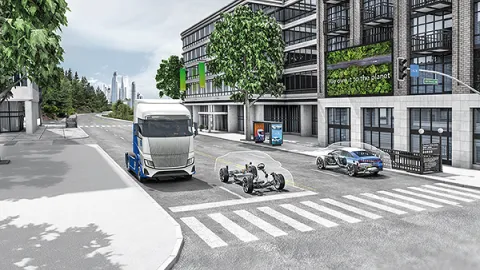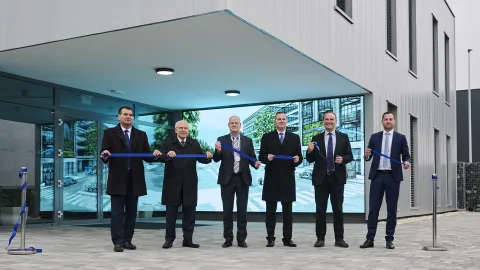With so many options available for vehicle configurations, OEMs face major challenges when it comes to efficient product development. This is due to the combination of several components of the vehicle systems chassis, body, propulsion system, thermal system, and ADAS/AD, their technical characteristics and complex interrelationships, and the multitude of customer requirements.
OEMs must answer the following questions:
- What are the consumer demands on the vehicles of today and tomorrow?
- How do these demands affect the design of vehicle systems (e.g. propulsion system, chassis, thermal management) and their design parameters (topology selection, component characteristics, additional vehicle functions, etc.)?
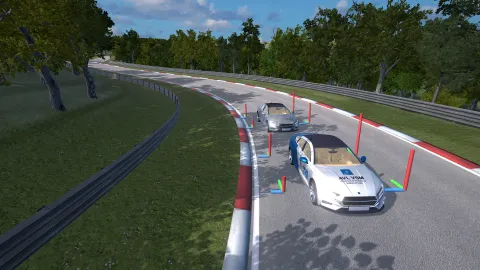
Setting Up Models
System simulation engineers may spend up to 60 % of their working time setting up validated vehicle models.
Ensuring Model Validity and Accuracy Quality
Some procedures must be conducted manually, e.g. correlating simulation results with measurement data and comparing characteristic behaviors. Time- and cost-intensive component measurements may be necessary to achieve the required accuracy quality at vehicle level.
Integrated and Connected Virtual Prototype
Connecting cross-domain functional development domains to achieve a global optimum.
Maximizing the degree of virtualization by applying validated virtual prototypes and robust and SOP-proven methodologies along the development process:
- Cross-domain vehicle system simulation solutions (functional, thermal, mechanical, geometrical, E/E)
- Entire scope of computer-aided vehicle simulation, including vehicle energy management, driving performance towards aerodynamics, thermal and E/E, NVH, crash, durability, and corrosion and tightness
- Early virtual prototypes in the driving simulator
- AVL VSM™ and AVL vSUITE™ empower complete vehicle optimization by balancing energy management, range, driving attributes, and thermal aspects
- Modularity and real-time capability for seamless usage from concept to testing
- Vehicle system simulation as part of our MBSE-based vehicle development process
One independent partner covering all aspects of the virtualization of your vehicle development process in terms of vehicle simulation services, methodologies, project support, and tools.
All Systems Covered
Cross-domain vehicle simulation solutions covering 10+ vehicle attributes and all vehicle systems (body, propulsion system, chassis, thermal, E/E).
300+ Validated Models
Access to more than 300 validated vehicle models based on the Vehicle Model Factory solution.
High-Speed Cloud Simulation
Ultra-fast vehicle concept phases using cloud simulation (> 10 M km per day).
Single Source
One partner for simulation services, methodologies, project support, and tools.
Vehicle Concept Definition
Vehicle system simulation is one of the key solutions used in the feasibility and concept phase to enable the vehicle configuration to be identified as quickly as possible.
The solution empowers complete vehicle optimization by balancing energy management, range, driving attributes, and thermal aspects, while also considering geometrical and vehicle architecture properties and structural demands.
Model-Based Vehicle Control Calibration and Testing
The increased numbers of vehicle functions and features lead to a strong virtualization of the entire development of functions (requirement engineering, system design, development, calibration, testing, and validation). AVL’s tools and methods enable efficient and robust model-based development of vehicle functions.
Validated Competitor Vehicle Models
Using benchmark data from AVL’s database — which includes on-road measurement data for more than 300 vehicles from the global market — allows for significantly reduced lead times and costs.
Ultimately, this saves up to 60 % of vehicle model setup and validation time with AVL’s unique Vehicle Model Factory approach.
Driving Simulator Test Sessions
Experience your new vehicle concept or vehicle functions before real hardware prototype vehicles are available. Utilize the AVL driving simulator facility to test drive your innovations before the rubber meets the road.
Related Topics
We are constantly working on new solutions. The following might be interesting for you:
